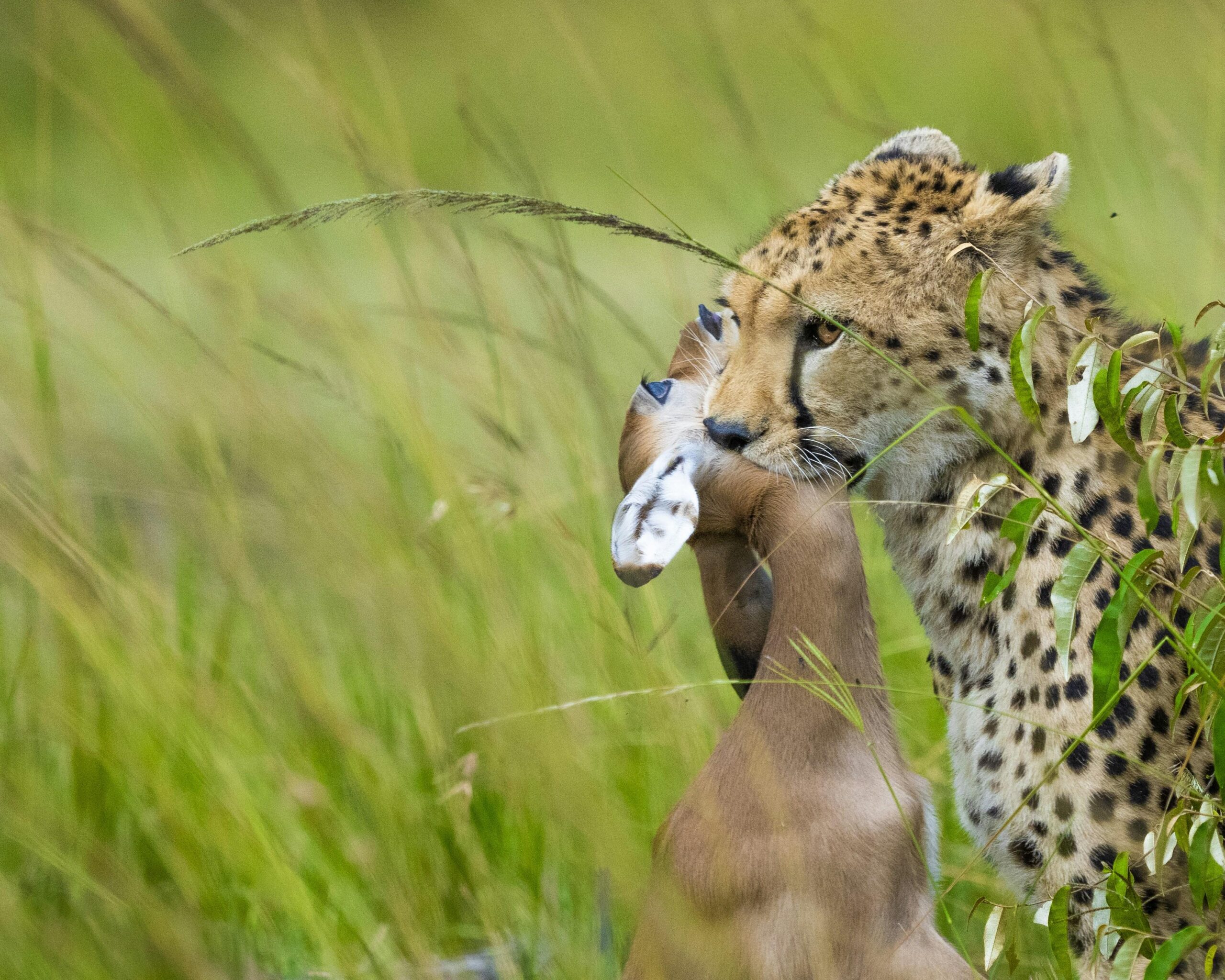Have you ever wondered what goes on inside the minds of predators as they zero in on their targets? It’s a chilling yet fascinating dance, often hidden right in plain sight. One of the most intriguing—and unsettling—tools in their arsenal is grooming. This seemingly innocent behavior isn’t just about cleanliness or bonding; it can be a calculated tactic to build trust, lower defenses, and gain access to their prey. In this deep dive, we’ll explore the psychology behind grooming tactics, uncover how predators use them to manipulate and control, and reveal why understanding these subtle cues can be key to staying one step ahead. Curious? Let’s peel back the layers and get inside the predator’s mind.
Table of Contents
- Understanding the Psychology Behind Grooming Tactics
- Recognizing Subtle Signs Predators Use to Gain Trust
- Why Grooming is More Dangerous Than You Think
- Practical Steps to Protect Yourself and Loved Ones from Manipulation
- Key Takeaways
Understanding the Psychology Behind Grooming Tactics
At the core of grooming lies a disturbing manipulation of trust, where predators carefully engineer emotional bonds to override their target’s natural defenses. This process is seldom obvious; instead, it relies on subtle psychological maneuvers that exploit basic human needs for connection, belonging, and approval. By presenting themselves as trustworthy confidants, predators tap into the innate desire for acceptance, gradually eroding healthy boundaries without triggering alarm. Over time, their victims can become ensnared in a web of mixed feelings, confused by warmth that conceals sinister intentions.
Several key tactics emerge repeatedly in these predatory strategies, including:
- Mirroring emotions and interests: This creates a deep sense of likeness and understanding that feels serendipitous.
- Incremental trust-building: Small favors or shared secrets develop a sense of loyalty and reciprocity.
- Isolation: Encouraging emotional or social distance from other support systems.
- Exploiting vulnerabilities: Identifying and manipulating personal insecurities or hardships to build dependence.
Recognizing these patterns can be a crucial step toward breaking free from manipulation, as awareness disrupts the carefully constructed psychological framework predators rely upon.
Recognizing Subtle Signs Predators Use to Gain Trust
Predators often deploy a masterclass in subtlety, weaving a web of trust that feels entirely natural and even comforting. They might start with casual compliments that seem harmless—praising your style, humor, or intelligence—to create a sense of shared connection. These seemingly innocent remarks are tactical, designed to lower defenses without triggering suspicion. Alongside this, they frequently employ mirroring behaviors, imitating your interests, speech patterns, or body language to build a false sense of belonging and to seem more relatable.
Another common maneuver is the slow and steady crescendo of attention—offering help or unsolicited advice just enough to appear considerate but not overwhelming. This gradual build-up fosters dependency, making you feel grateful and more inclined to trust them. Behind these tactics often lies a pattern of
- carefully timed gifts or favors,
- expressions of vulnerability to appear authentic,
- and strategic sharing of secrets to create an illusion of intimacy.
Recognizing such calculated kindness is crucial; what seems like a warm gesture can be the first step in a well-orchestrated grooming script.
Why Grooming is More Dangerous Than You Think
Beneath the seemingly innocent façade of attention and kindness, grooming unfolds as an insidious process that carefully breaks down a person’s defenses. Predators expertly manipulate emotions, creating a false sense of trust and safety that feels almost impossible to question. This hidden dynamic is far more perilous than it appears because the victim often doesn’t realize they’re being targeted until they’re deeply entangled in the predator’s web. What starts as simple compliments or thoughtful gestures gradually shifts into strategic control, making escape or resistance alarmingly difficult.
The danger lies in how grooming exploits core human needs and vulnerabilities. Predators often:
- Isolate their target from trusted support systems
- Gradually blur boundaries, normalizing inappropriate behavior
- Create confusion by mixing affection with manipulation
These tactics dismantle a person’s sense of reality and self-worth, turning what should be interactions of care into psychological traps. Recognizing these subtle moves before they take root is crucial—because once the grooming reaches a critical point, the risks multiply, making intervention not just necessary but urgent.
Practical Steps to Protect Yourself and Loved Ones from Manipulation
Start by cultivating open communication within your circle. Encourage conversations where feelings, concerns, and experiences are shared without judgment. This transparency creates an environment where manipulation struggles can be recognized early on. Learn to recognize subtle warning signs such as excessive flattery, persistent boundary-pushing, or unsolicited gifts that seek to create dependency. Empower yourself and your loved ones by teaching the importance of questioning motives behind sudden affection or undue attention, especially from unfamiliar individuals.
Next, establish clear personal boundaries and reinforce the right to say no without guilt. Practice scenarios mentally or with trusted friends to build confidence in standing firm when confronted with coercive tactics. Educate everyone about the deceptive nature of grooming — how small, seemingly harmless gestures can gradually escalate into control. Keep a vigilant eye on changes in behavior, secretive actions, or unexplained shifts in mood, as these may indicate manipulation attempts. Remember, protection is not just about defense, but also about proactive education and mutual vigilance.
Key Takeaways
As we peel back the layers of how predators use grooming tactics to manipulate and control, it becomes clear that these behaviors are far more than simple acts of care—they’re calculated strategies designed to disarm and dominate. Understanding the subtle ways grooming can be weaponized not only deepens our insight into predator psychology but also equips us to recognize and resist these toxic dynamics in real life. The next time you see a seemingly innocent gesture, remember: there’s often more beneath the surface than meets the eye. Stay curious, stay informed, and always trust your instincts.










